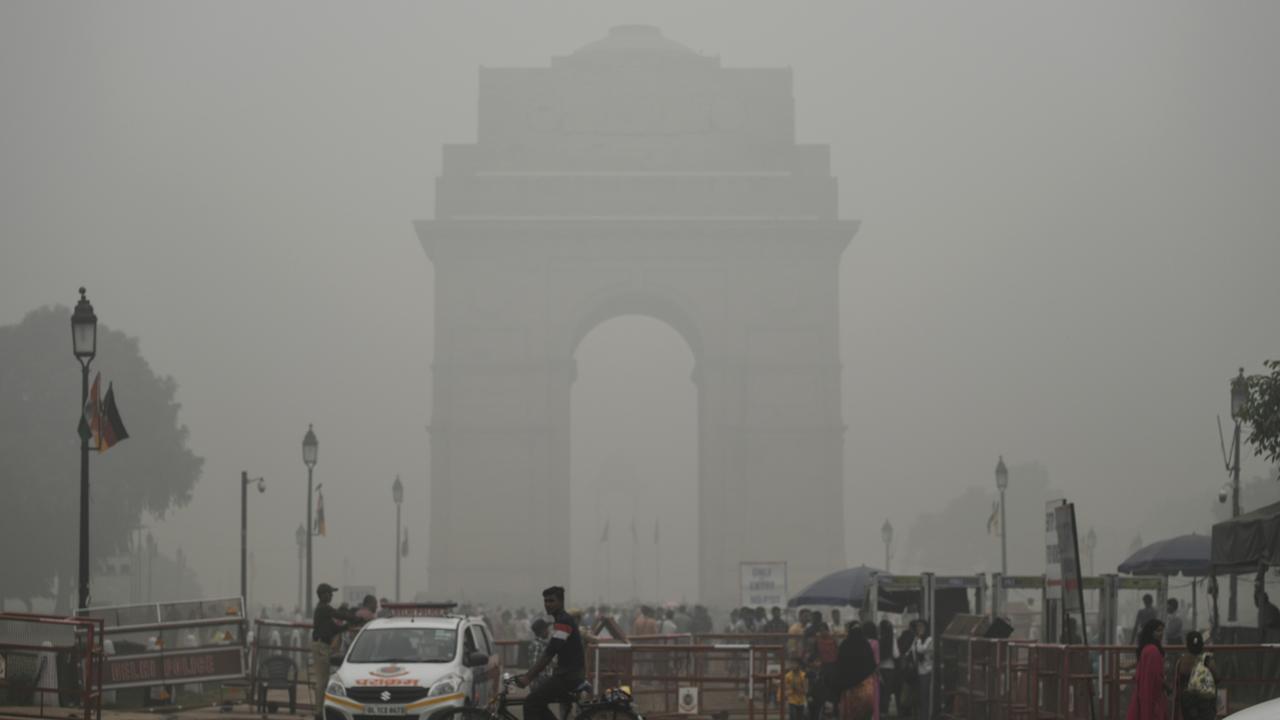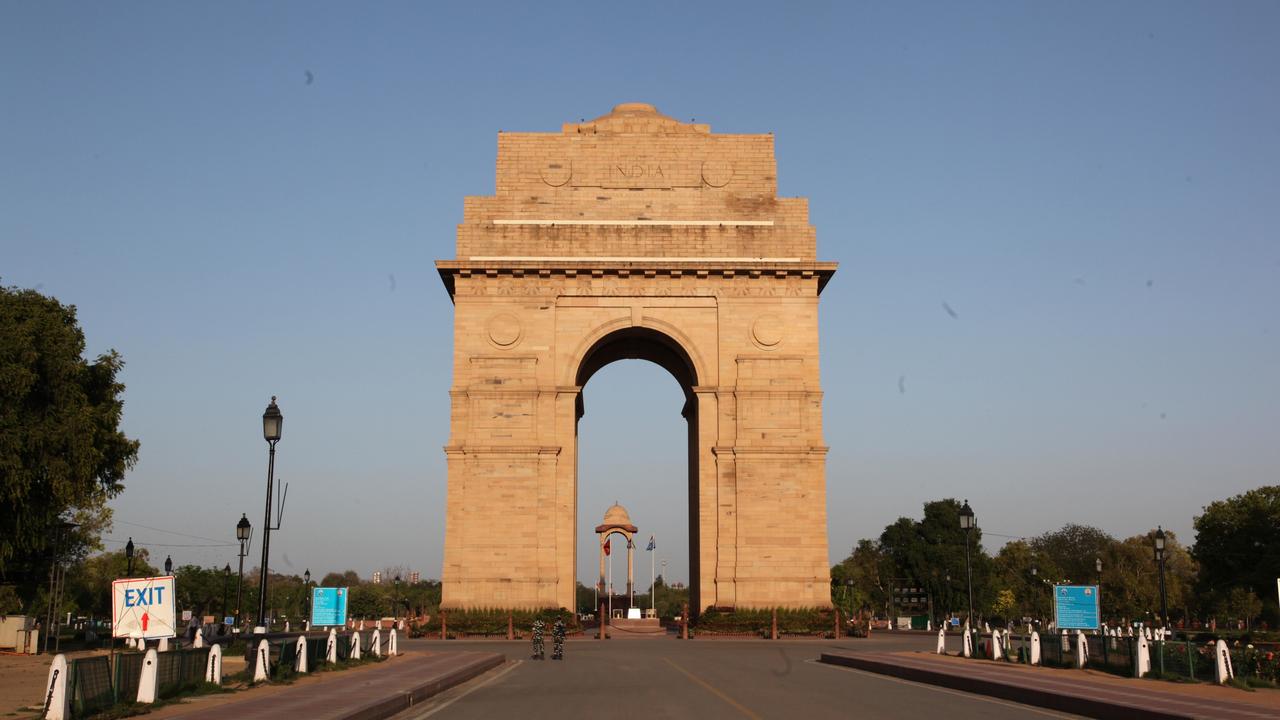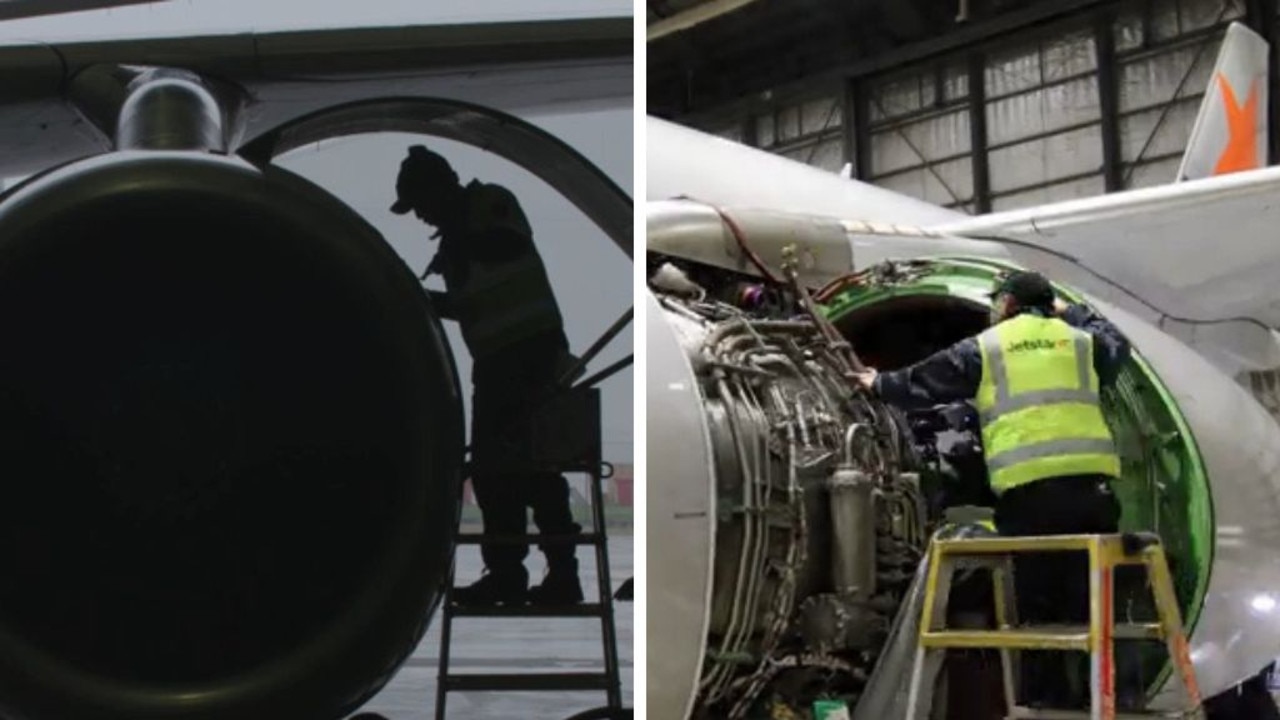Positive side of pandemic flight restrictions around the world
There’s no denying that the tourism industry is facing a challenge. But there’s been one positive from the lack of planes jetting around.
There’s no denying that the tourism industry has faced one of the most challenging years on record.
With borders around the world closing, airlines cancelling flights and countries banning foreign visitors in an attempt to combat COVID-19 – once popular destinations have been left deserted as the industry came to a standstill.
By mid-March, as the pandemic was just taking off, air traffic instantly halved in comparison with records a year prior.
RELATED: International travel to be at a ‘standstill’ until July 2021
Balinese hotels sat empty, beaches in Thailand once overrun with visitors had vanished and bustling bars around Rome began collecting dust.
But there’s been one positive from the lack of tourists jetting around the world. And it’s a change that was first visible from space as nature began to breath more easily.
At the beginning of the pandemic, the most notable change as the majority of planes sat on tarmacs around the world, occurred in India, where residents saw a sight not observed in almost 30 years.
This was the view from our rooftop at home in Punjab India. For the first time in almost 30 years could clearly see the Himalayas due to India’s lockdown clearing air pollution. Just amazing! ðŸ™ðŸ½ pic.twitter.com/WmWZYQ68lC
— Manjit K Kang (@KangManjit) April 3, 2020
After implementing a lockdown on March 22, regions around India – including Punjab – observed “significant improvement in air quality in the country”.
Because of lack of movement around the cities – including inbound and outbound flights as well as congested road traffic – dozens of residents from the Jalandhar district took to social media to share crystal-clear views of the snow-capped Himalayas mountain ranges which hadn’t been seen in decades. Some residents even claimed it was the first time they had ever seen the peaks in their lifetime.
Himalaya mountains can be seen from Jalandhar since pollution has reduced in Punjab. Beautiful sight ðŸ˜#punjab #COVID19 #pollution pic.twitter.com/iZy7hwxX9R
— TjSingh (@covsinghtj) April 3, 2020
On the other side of the world in the UK, nature started to make a comeback early in the year before the country dipped in to a second wave of the pandemic.
In Britain, with fewer cars on the road for work and for travel, there was one big positive – less roadkill. Many birds and voles, according to The Conversation, will be spared in 2020 as owners decide to keep their cats indoors. In towns and cities, wildflowers have flourished as councils realise that mowing their parks is somewhat less than essential.
In Los Angeles, the traffic-congested city with some of the highest smog levels in the US, nitrogen levels dropped significantly and rush-hour traffic essentially vanished throughout the pandemic.
A stunning snap from the India Gate war memorial in New Delhi on October 17, 2019, compared with a photo six months later showing how the pollution levels began to drop during the lockdown in April, shocked the world.
But perhaps one of the largest drops in pollution levels at the peak of the pandemic happened in the city of Wuhan in China, which was put under strict lockdown in late January.
Nitrogen Dioxide levels, according to NASA, dropped by 10-30 per cent below normal levels.


Paul Monks, professor of air pollution at the University of Leicester, told The Guardian that despite what 2020 has thrown our way, there will be important lesson to learn from the pandemic.
“We are now, inadvertently, conducting the largest-scale experiment ever seen,” he said.
“Are we looking at what we might see in the future if we can move to a low-carbon economy? Not to denigrate the loss of life, but this might give us some hope from something terrible. To see what can be achieved.
“What I think will come out of this is a realisation – because we are forced to – that there is considerable potential to change working practices and lifestyles. This challenges us in the future to think, do we really need to drive our car there or burn fuel for that.”




